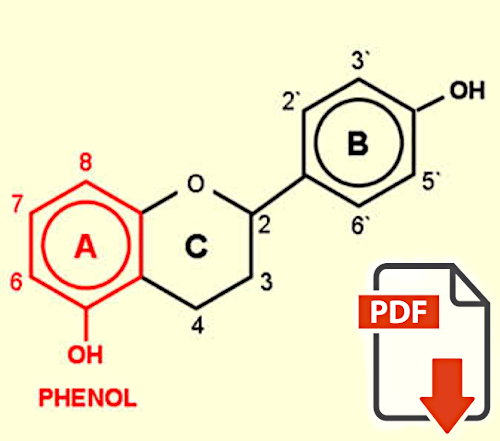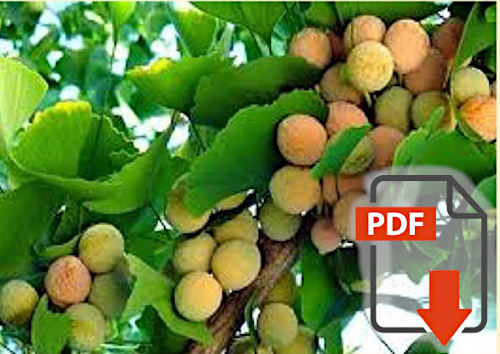Reduction of oxidative stress
| An oxidative and/or nitrosative stress is involved in the development of many diseases. We have described its role in the development of glaucoma damage above in the chapter of mechanisms involved in glaucoma damage. In the video shown there, Flammer also pointed out some possible therapies. There are many different therapeutic approaches that are useful and feasible depending on the disease, organ, and patient. By stabilizing the oxygen supply to the optic nerve head, fewer oxygen free radicals are produced locally there. L-methylfolate (e.g., in Ocufolin) can indirectly inhibit the uncoupling of nitric oxide synthase so that less superoxide and peroxynitrite are produced. Here we give some nutritional recommendations and explain the effects of ginkgo. However, there are many other drugs, as well as foods for special medical purposes (FSMPs) and dietary supplements that can reduce oxidative stress. For this, we refer, for example, to the book by Flammer et al: Basic science in ophthalmology: https://link.springer.com/book/10.1007%2F978-3-642-32261-7 | |
 M Mozaffarieh, MC Grieshaber, S Orgül, J Flammer: The Potential Value of Natural Antioxidative Treatment in Glaucoma |
In this review, Mozaffarieh et al. describe the character of oxygen, the generation of oxygen free radicals, and the specifics of oxidative stress in glaucoma. Then it is shown how natural antioxidants in berries, fruits and vegetables can reduce this oxidative stress. |
 Z Vahedian, G Fakhraie, J Bovet, M Mozaffarieh: Nutritional recommendations for individuals with Flammer syndrome |
Nature has developed mechanisms to protect itself from oxidative stress. Humans can use these protective substances for ourselves. Since different plants are exposed to different stresses, they also contain different antioxidants. That's why it's good to eat fruits and berries that are as diverse as possible. Not every antioxidant helps in every situation. In glaucoma, we rely on antioxidant molecules to diffuse into the axons and then there into the mitochondria. This is not the case for many vitamins, for example. Vahedian et al. discuss in their review foods that are ideal for people with Flammer syndrome. Since Flammer syndrome predisposes to glaucoma, especially normal pressure glaucoma, these recommendations are also included here. |
 AK Cybulska-Heinrich, M Mozaffarieh, J Flammer: Ginkgo biloba: An adjuvant therapy for progressive normal and high tension glaucoma |
One, but by no means the only proven way to reduce oxidative stress in glaucoma is ginkgo. A ginkgo extract is a mixture of different antioxidants, and it is probably this mixture that is superior to a monopreparation. In this review, Cybulska et al. discuss the long history of ginkgo, its pharmacologic composition, and in vitro and clinical studies. |